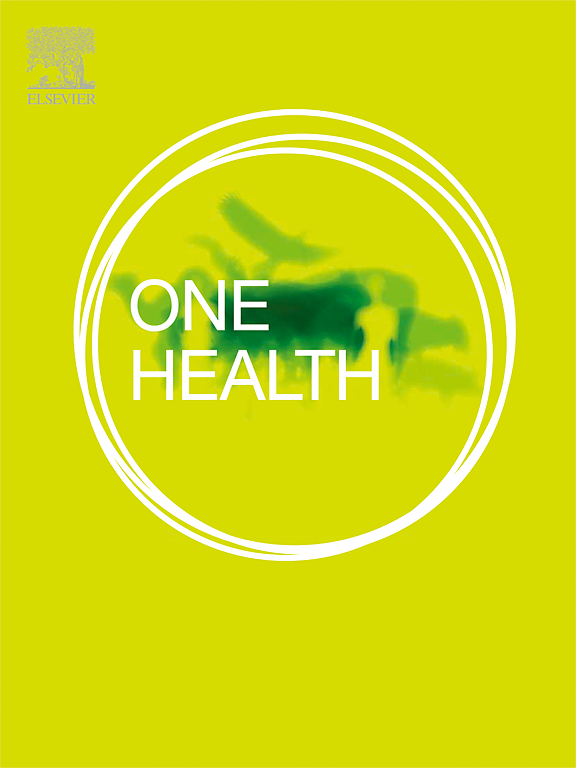Assessing coupling coordination between human-animal-environmental health for advancing uniform progress in One Health
IF 4.1
2区 医学
Q1 INFECTIOUS DISEASES
引用次数: 0
Abstract
The One Health (OH) approach aims to sustainably balance and optimise the health of people, animals, and ecosystems. However, there is a lack of robustly quantified insights into its spatiotemporal coupling and coordination. This study employs the OH index, which incorporates Sustainable Development Goals (SDGs), to examine the coupling and coordination relationships among three health subsystems, elucidate their four spatiotemporal patterns, and identify key driving factors. Our results indicate that the degree of OH coupling coordination is improving, despite spatial unevenness across SDG regions. Countries with varying economic levels often exhibit similar coupling coordination patterns, suggesting the potential for policy coherence to foster regionally uniform development. Key factors for breaking the cycle of poverty include increased health spending, improved education, and better dietary balance. In regions facing significant economic and environmental pressures, promoting animal and environmental health through biodiversity conservation and habitat preservation is essential for achieving OH coupling coordination. Nevertheless, the absence of governance mechanisms, along with factors such as climate change, military conflicts, and fragile alliances, poses serious obstacles to achieving uniform OH. Therefore, this study underscores the necessity of targeted policy interventions, interdisciplinary collaboration, and comprehensive governance to address this unevenness, promote coordination, and advance global health governance.
求助全文
约1分钟内获得全文
求助全文
来源期刊

One Health
Medicine-Infectious Diseases
CiteScore
8.10
自引率
4.00%
发文量
95
审稿时长
18 weeks
期刊介绍:
One Health - a Gold Open Access journal.
The mission of One Health is to provide a platform for rapid communication of high quality scientific knowledge on inter- and intra-species pathogen transmission, bringing together leading experts in virology, bacteriology, parasitology, mycology, vectors and vector-borne diseases, tropical health, veterinary sciences, pathology, immunology, food safety, mathematical modelling, epidemiology, public health research and emergency preparedness. As a Gold Open Access journal, a fee is payable on acceptance of the paper. Please see the Guide for Authors for more information.
Submissions to the following categories are welcome:
Virology,
Bacteriology,
Parasitology,
Mycology,
Vectors and vector-borne diseases,
Co-infections and co-morbidities,
Disease spatial surveillance,
Modelling,
Tropical Health,
Discovery,
Ecosystem Health,
Public Health.
 求助内容:
求助内容: 应助结果提醒方式:
应助结果提醒方式:


